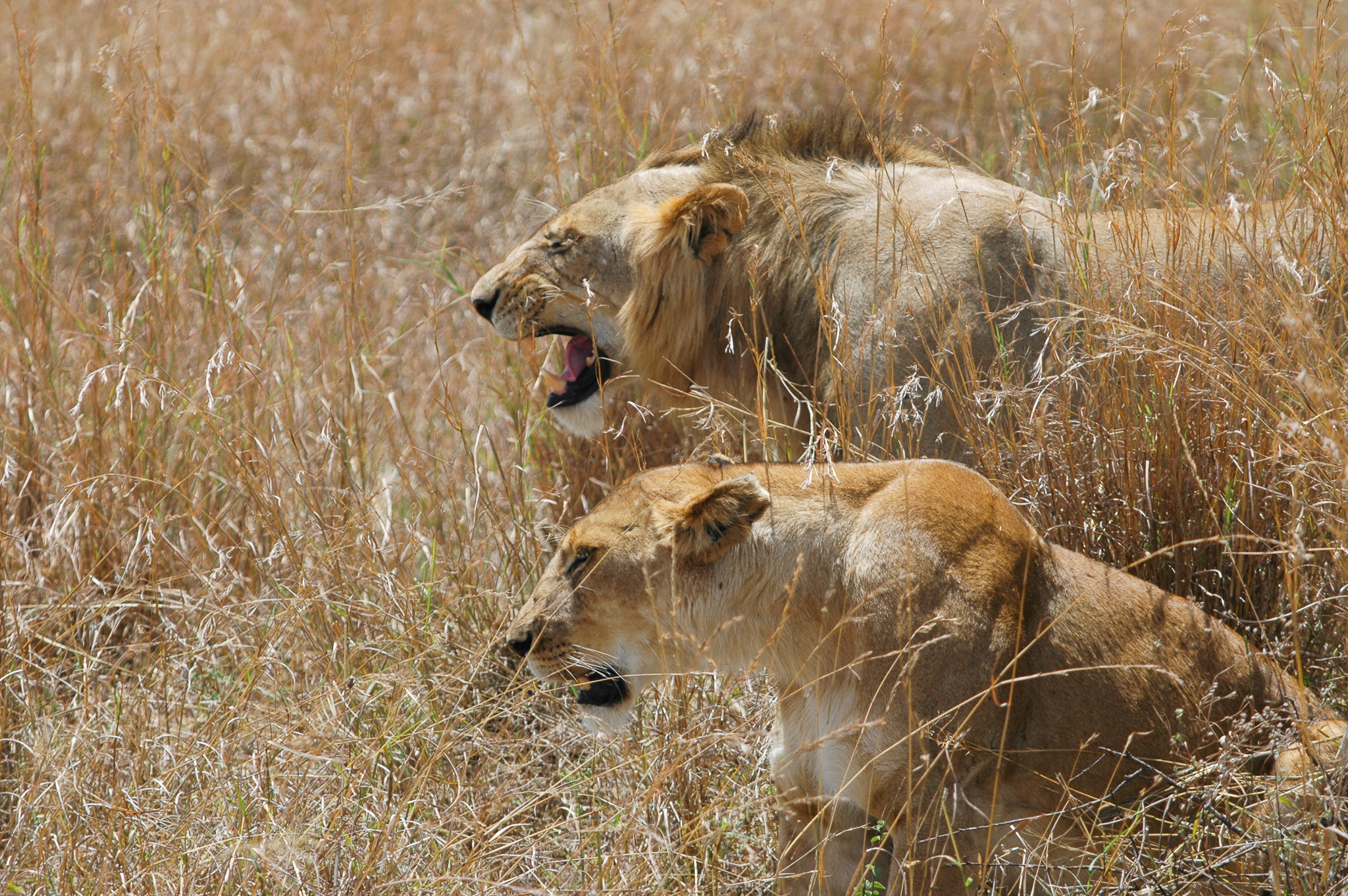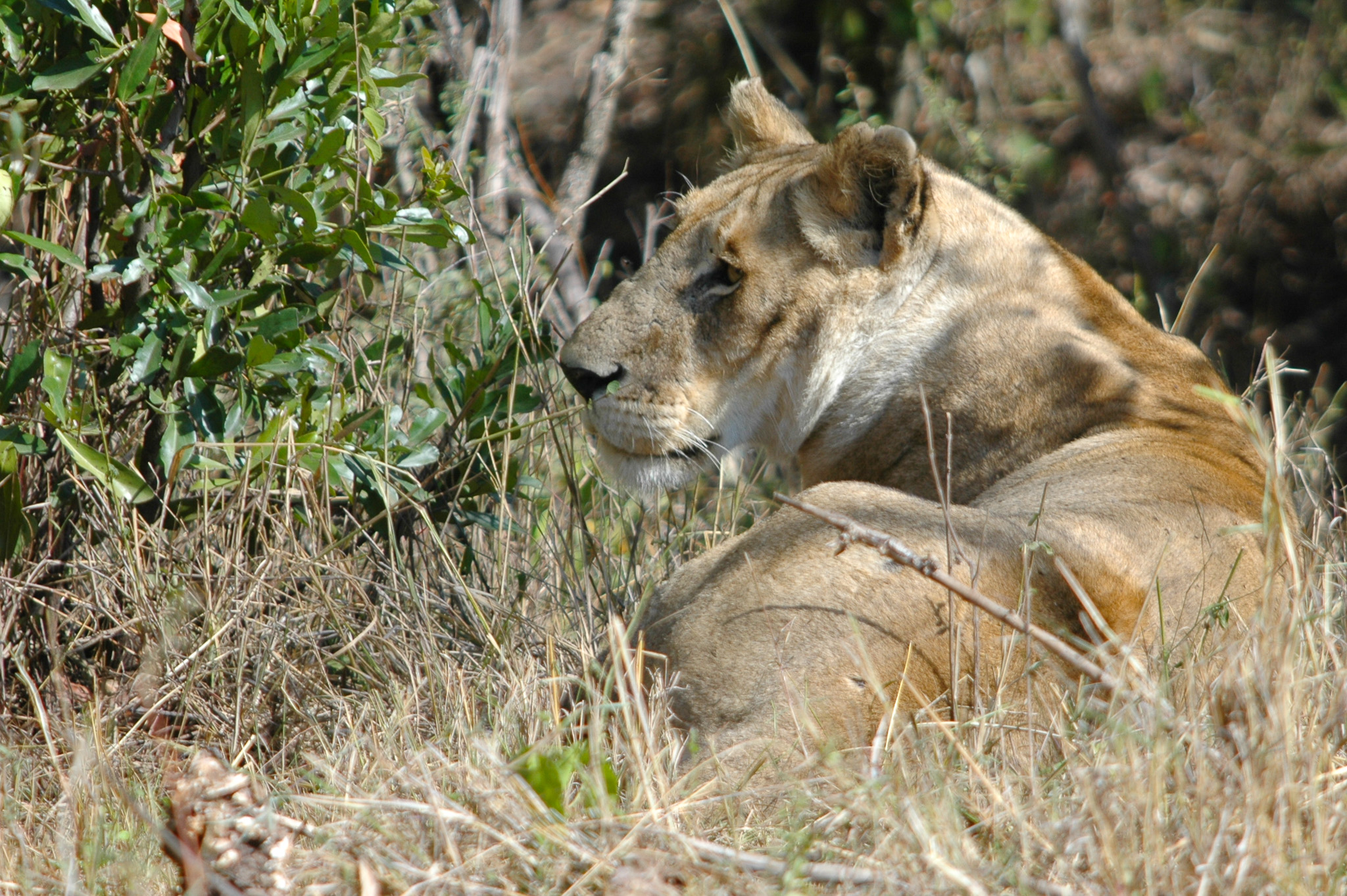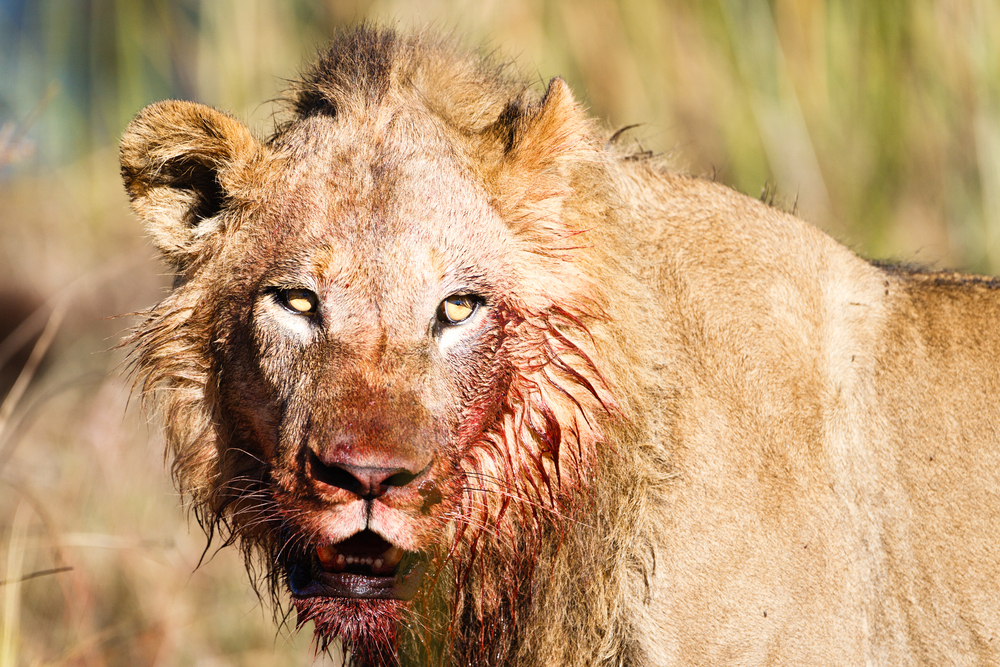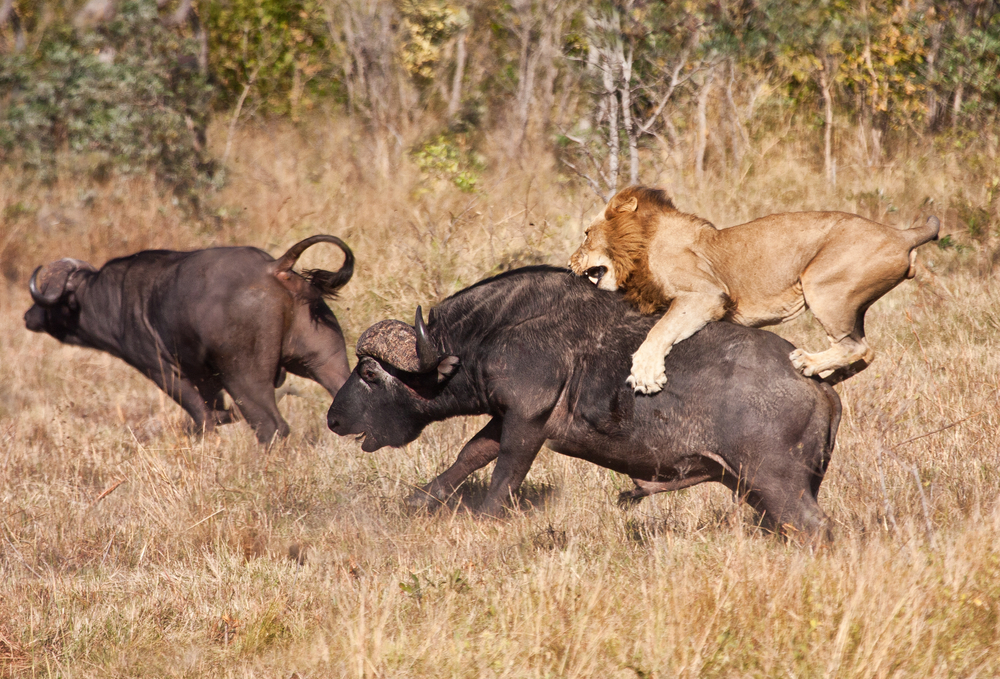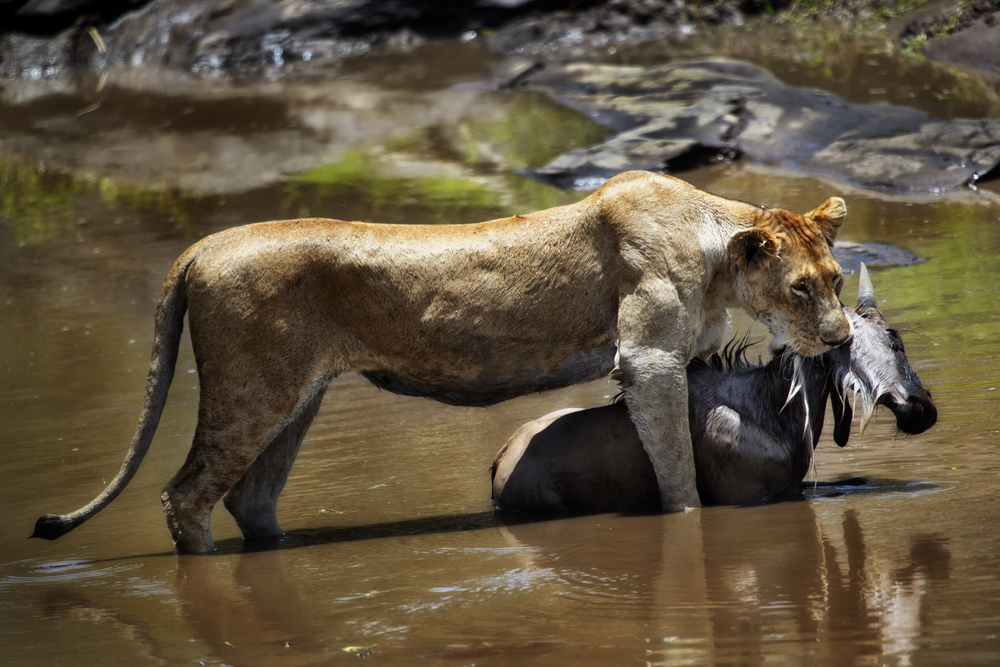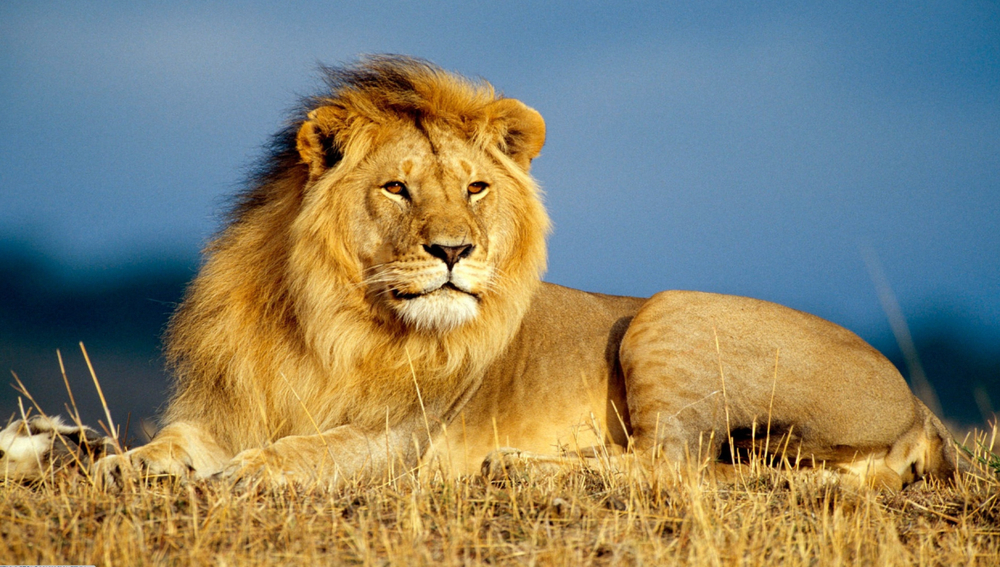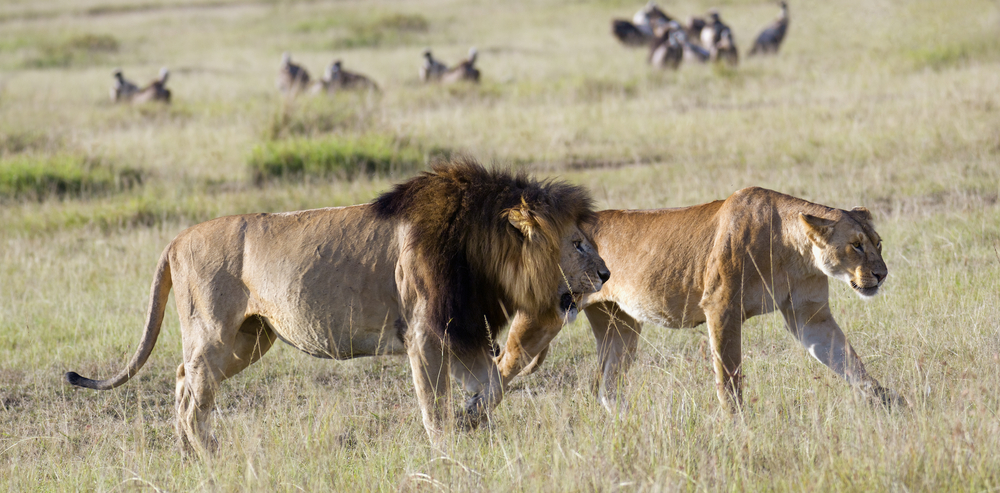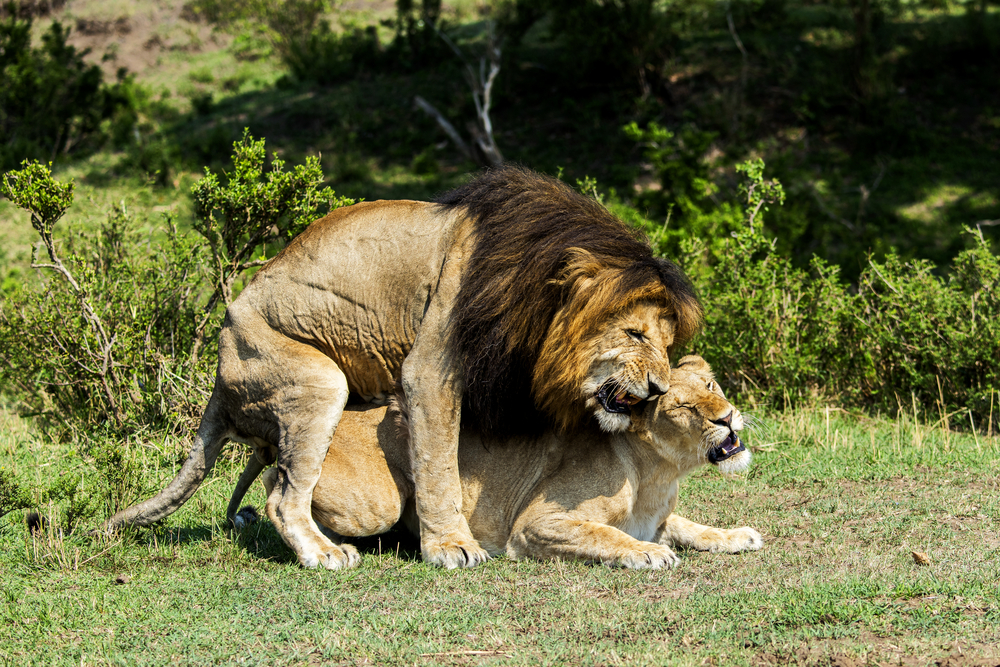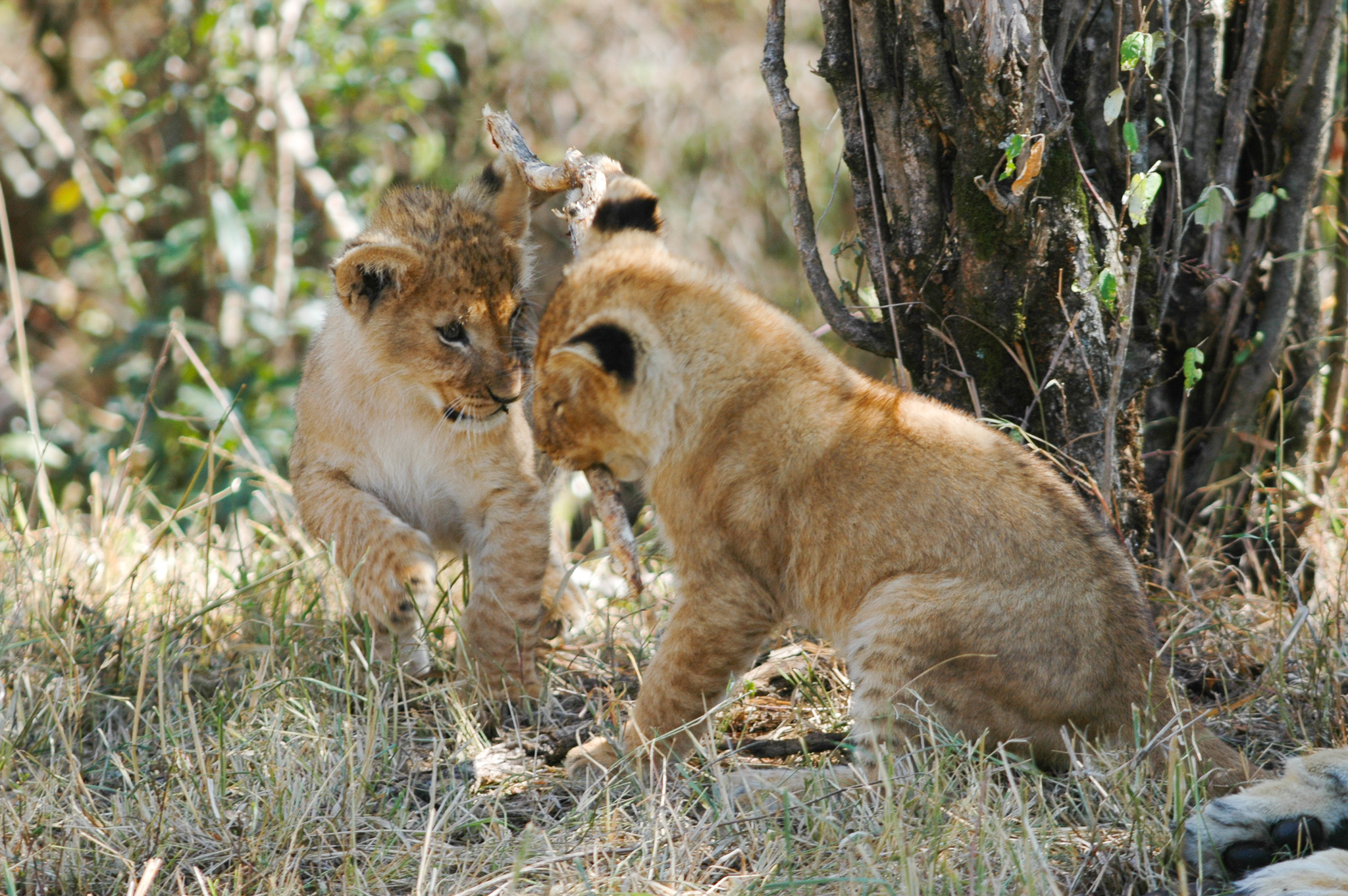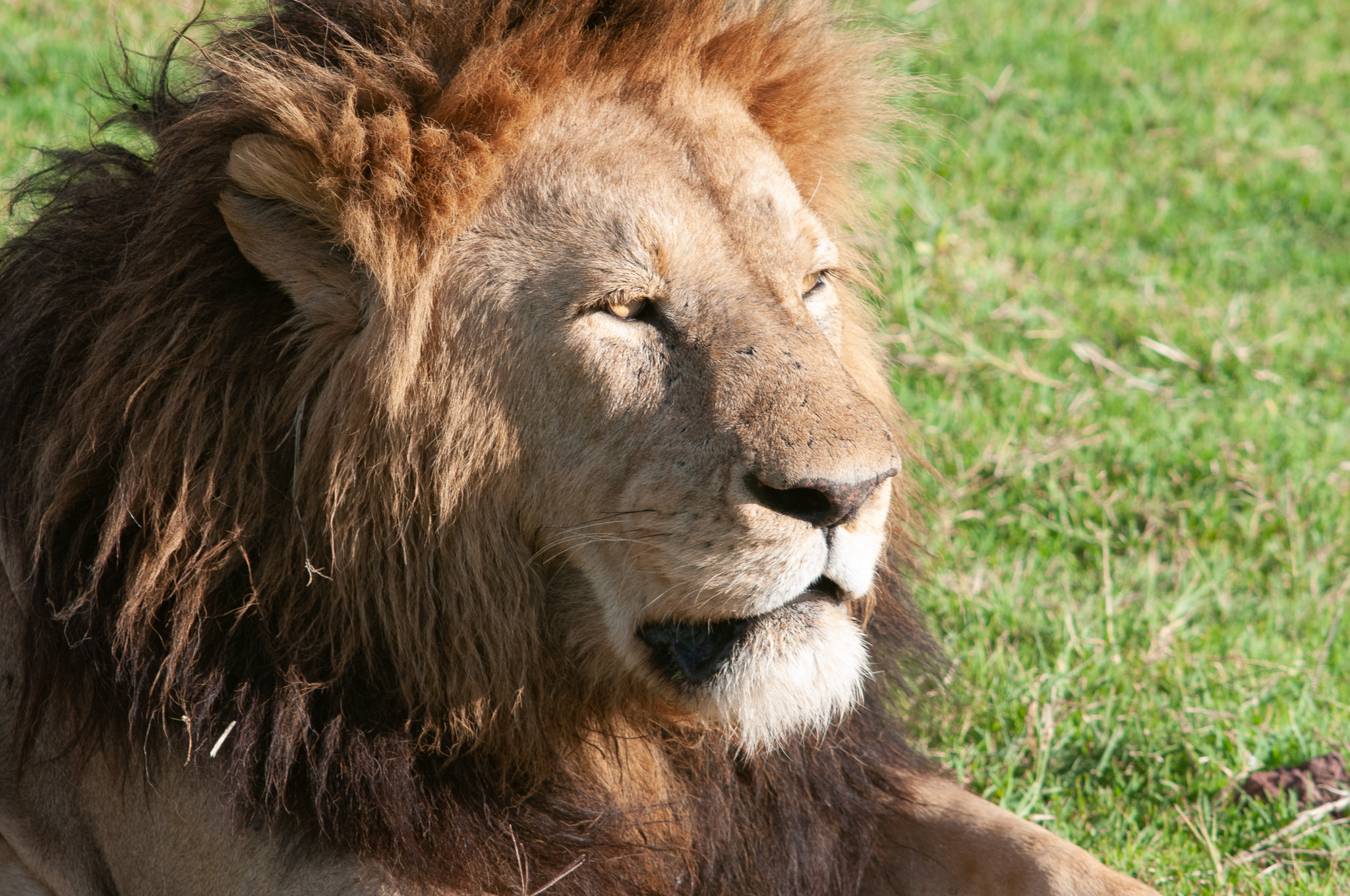Eating & Hunting
The lion, known scientifically as Panthera leo, is a majestic and powerful carnivore belonging to the family Felidae. As one of the apex predators in its ecosystem, the lion has evolved remarkable eating habits that reflect its role as a top predator in the food chain.
Diet: Lions are obligate carnivores, meaning they primarily consume meat as their main source of nutrition. Their diet mainly consists of large mammals, with preferences for ungulates such as zebras, wildebeests, buffaloes, and antelopes. However, lions are opportunistic feeders and will also prey on smaller mammals, birds, and occasionally reptiles when the opportunity arises.
Hunting Strategy: Lions are apex predators and often hunt cooperatively in groups known as prides, although solitary hunting is not uncommon, especially among males. Their hunting strategy typically involves stealth, patience, and coordinated teamwork.
Lions use their keen senses of sight, smell, and hearing to detect potential prey. They often stalk their prey, using cover and terrain to conceal themselves until they are within striking distance. Lions rely on their powerful bursts of speed and agility to ambush their prey and deliver a lethal bite to the neck or throat to suffocate or incapacitate it.
Group Hunting: Group hunting allows lions to take down larger prey species that may be difficult for a single lion to tackle alone. Cooperative hunting also increases the success rate of hunts and ensures that the entire pride, including young and elderly members, can access food. During group hunts, lions communicate through vocalizations, visual cues, and coordinated movements to surround, isolate, and bring down their prey.
Scavenging: In addition to hunting, lions are skilled scavengers and will opportunistically feed on carcasses left behind by other predators or natural causes. Scavenging provides lions with a valuable source of food during lean periods or when hunting efforts are unsuccessful.
Feeding Behavior: After a successful hunt or scavenging event, lions gorge themselves on their kill, consuming large quantities of meat in a short period. They use their powerful jaws and specialized teeth to tear through tough hide and flesh, often starting with the soft tissues such as the abdomen and organs. Lions may also cache excess food by burying it or dragging it to a secluded location to return to later, especially when feeding in groups.
Social Feeding Hierarchy: Within a pride, there is a social feeding hierarchy that determines the order in which individuals feed on a kill. Dominant individuals, particularly adult males and females, usually have priority access to the carcass, followed by subordinates and younger members of the pride. Cubs and juveniles may only feed once the adults have finished eating or when there is sufficient leftover food.
Nutritional Needs: The high-protein diet of lions is essential for their survival and reproduction, providing the energy and nutrients needed for growth, maintenance, and reproduction. Lions obtain essential vitamins, minerals, and amino acids from the meat of their prey, supporting their overall health and fitness.
Conclusion: The eating habits of lions are finely tuned to their role as apex predators in their ecosystems. Their carnivorous diet, cooperative hunting behavior, opportunistic scavenging, and social feeding dynamics contribute to their success as formidable hunters and play a crucial role in shaping the dynamics of savanna and grassland ecosystems where they reside











































































